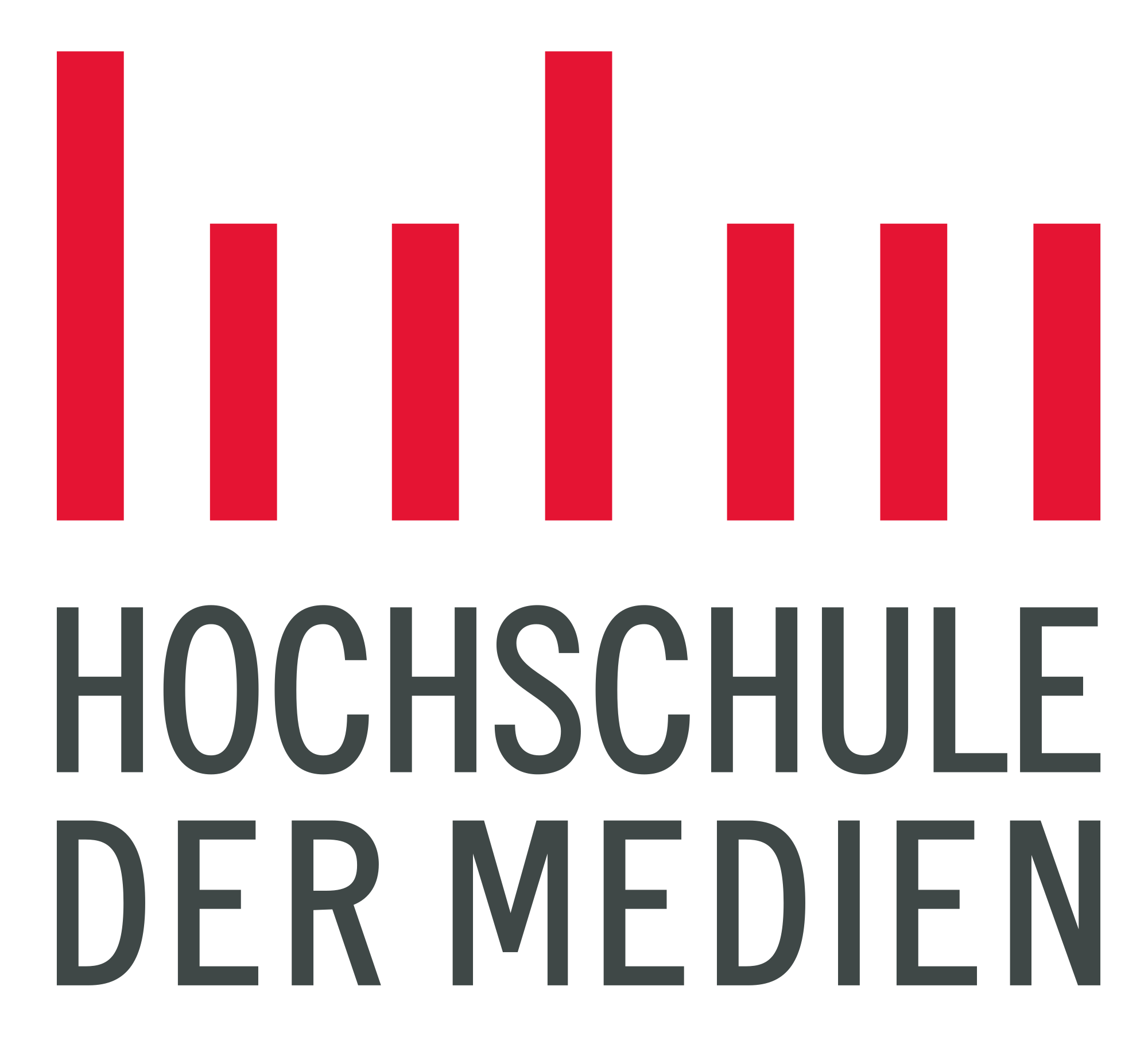Quite a Repelling Relationship!
“Hey, I’m Niklas Hamacher from Germany. I started early to be interested in graphic arts. During high school I completed internships at different pre-press companies and a packaging printing company. Upon accomplishing an apprenticeship in graphic arts, I recognized that I would like to know more about the various print production processes in order to gain a deeper view into the graphic arts industry – which then led me to the Print Media Technologies.”
Technologies program where I am offered the perfect mix between technology, management, science, and languages.
Lithography is a method of printing originally based on the immiscibility of oil and water. In modern lithography, the image is made of a polymer coating applied to a flexible plastic or metal plate. The image is printed offset, by transferring the image onto a flexible sheet or rubber blanket which is than printed to the substrate. The image on the plate emulsion is created by direct laser imaging in a CTP device known as a platesetter.
The positive image on the plate is the emulsion that remains after imaging. The plate is affixed to a cylinder on a printing press. Dampening rollers apply water, which covers the blank portions of the plate but, simultaneously being repelled by the emulsion of the image area.
Hydrophobic ink, which is repelled by the water and only adheres to the emulsion of the image area, is then applied by the inking rollers. The plate rolls against a cylinder covered with a rubber blanket, which picks up the ink and transfers it to the paper with uniform pressure. The paper passes between the blanket cylinder and a counter-pressure or impression cylinder and the image is transferred to the paper.
The offset printing process is commonly used for cardboard packaging like cereal boxes. It‘s also used for magazines and other high volume printing products. This flyer was printed with our Speedmaster CD 74 from Heidelberg. The used printing plates were also produced on location.
The Equipment
Heidelberg Speedmaster CD 74-6P+L: (picture here: Speedmaster SX 74) The Speedmaster CD 74 is an extremely user-friendly litho press for a broad range of substrates from flimsy papers to stiff board and plastic sheets. The press prints up to 18,000 sheets per hour in the max format 53 cm x 74 cm (20.87 in x 29.13 in). Print media thickness is from 0.03mm to 0.8 mm.
